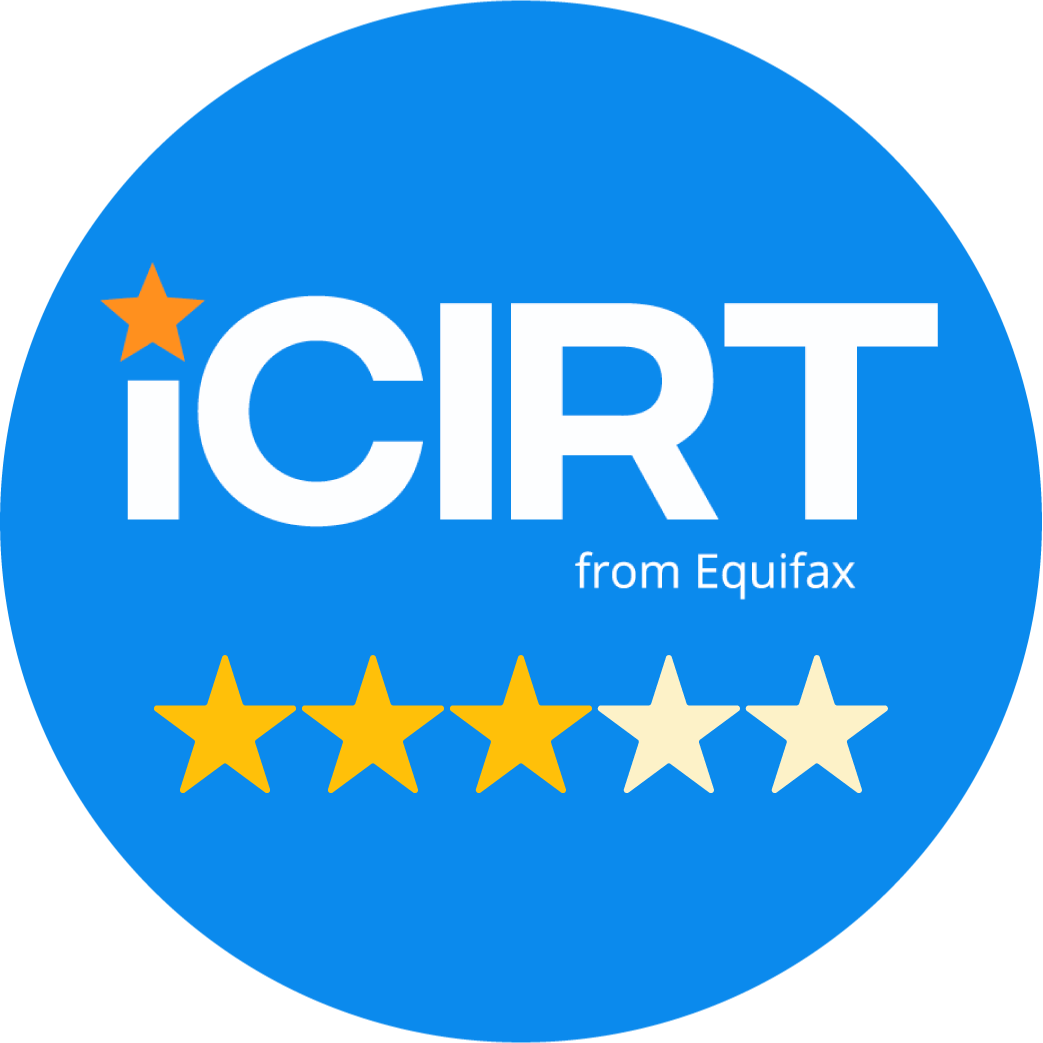

The power of the Web is in its universality. At Access Link Consulting, we are always on the lookout for ways to connect with the community.
According to industry reports, one in five online users requires accommodations to navigate through websites—for reasons varying from visual, auditory, and motor impairments, to neurological disorders and more. With this in mind, we are pleased to share the most recent update to our website, with the integration of a seamless software solution that allows individuals to navigate through each page, with the luxury of tailoring it according to their specific needs.
W3C and WCAG—What You Need to Know
The World Wide Web Consortium (W3C) is an international community that allows members and the general public to work together to develop and improve Web standards. Their mission is to lead the Web to its full potential. Through the W3C process, the Web Content Accessibility Guidelines (WCAG) were developed to extend the full potential of the Web to meet content accessibility needs, on a global scale.
The WCAG outlines ways in which individuals and organisations can make the online experience more accommodating to people with disabilities. This means not just what is on the surface in terms of font type and size, but down to the core with code, which defines structures and layouts for best practice.
Our Partnership with UserWay
To meet W3C and WCAG 2.0 standards, we recently partnered with UserWay to implement a smart tool at accesslink.com.au, allowing website visitors to choose the way they want to interact with the website.
At the click of a button, users can now:
- Enable screen reader
- Select contrast preferences, including smart contrast; as well as saturation
- Highlight links, and enlarge the cursor
- Opt for increasing the text size, spacing, alignment, and line-height
- Read the text through choosing a dyslexia-friendly font type
- Pause animations
- Discover page restructuring
In implementing this solution online, our intention is to offer full-scale flexibility for users
to take control of how they wish to interact with the website and absorb its content. In
empowering individuals by allowing the option to choose, access to information does
not favour nor discriminate, but welcomes.
Feel free to experiment with the tool at accesslink.com.au, and share your experience
with us via our LinkedIn platform.









